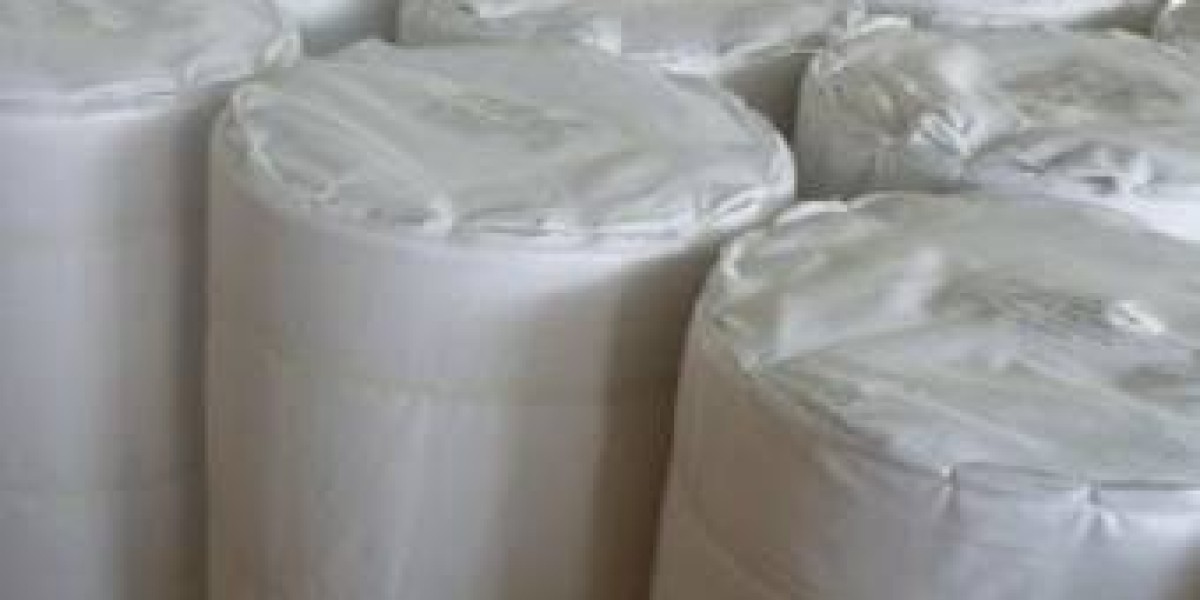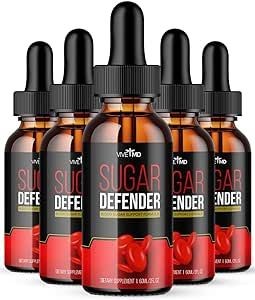Introduction
Labeling materials play a crucial role in the world of branding and packaging. They not only identify products but also convey essential information and create a lasting impression on consumers. Among the various labeling materials available, satin labels stand out for their elegance and sophistication. In this article, we'll compare satin labels with other common labeling materials, exploring the pros and cons of each. By the end, you'll have a better understanding of which material best suits your branding and packaging needs.
I. Satin Labels
Satin labels have gained popularity for their soft, luxurious texture and elegant appearance. Let's examine the pros and cons of using PTP satin labels in your products:
Pros:
Aesthetic Appeal: Satin labels are known for their visual and tactile appeal. They add a touch of sophistication and luxury to your products, making them stand out.
Customization: Satin labels can be customized with intricate designs, logos, and text. This flexibility allows you to create labels that align perfectly with your brand identity.
Durability: Despite their delicate appearance, satin labels are surprisingly durable. They can withstand washing and handling without losing their sheen or color.
Soft to the Touch: Satin labels are comfortable to the touch, making them an excellent choice for clothing and other products that come into contact with the skin.
Cons:
Cost: Satin labels can be more expensive to produce compared to some other materials, making them less budget-friendly for small businesses or low-cost products.
Limited Application: While satin labels are versatile, they may not be suitable for all products, especially those that require weather-resistant or highly durable labels.
II. Paper Labels
Paper labels are one of the most traditional and widely used labeling materials. Let's explore the pros and cons of using paper labels:
Pros:
Cost-Effective: Paper labels are cost-effective, making them a budget-friendly choice for businesses looking to keep labeling expenses low.
Print Quality: High-resolution printing can be achieved on paper labels, making them suitable for detailed graphics and text.
Eco-Friendly: Many paper labels are made from recyclable materials, making them an environmentally responsible choice.
Versatility: Paper labels can be used for a wide range of products and are available in various shapes and sizes.
Cons:
Durability: Paper labels are less durable than materials like satin and may not withstand exposure to moisture or rough handling.
Limited Aesthetic: While paper labels can be attractive, they may lack the luxurious appearance that satin labels provide.
III. Vinyl Labels
Vinyl labels are known for their durability and flexibility. Let's examine the pros and cons of using vinyl labels:
Pros:
Durability: Vinyl labels are highly durable and resistant to moisture, making them suitable for outdoor or high-impact applications.
Versatility: They can be used on various surfaces, including plastic, metal, and glass, making them versatile for different products.
Longevity: Vinyl labels can maintain their color and quality for an extended period, which is essential for products with a long shelf life.
Cons:
Cost: Vinyl labels can be more expensive than paper labels, potentially affecting the overall cost of product labeling.
Limited Texture: Vinyl labels lack the soft and tactile texture of satin labels, which may be a disadvantage for products that require a luxurious appearance.
IV. Fabric Labels
Fabric labels, typically made from cotton or other textiles, are commonly used in clothing and textile products. Let's explore their pros and cons:
Pros:
Comfort: Fabric labels are soft and comfortable against the skin, making them ideal for clothing and accessories.
Durability: They can withstand washing and wear, ensuring that the label remains intact even after repeated use.
Customization: Fabric labels can be customized with various printing techniques, allowing for intricate designs and branding.
Cons:
Cost: Fabric labels can be more expensive to produce compared to paper labels, which may not be suitable for cost-sensitive products.
Limited Application: Fabric labels are primarily designed for clothing and textile products and may not be suitable for other product categories.
Conclusion
When it comes to choosing the right labeling material for your products, there is no one-size-fits-all answer. The choice between satin labels and other materials depends on your specific needs, budget, and the image you want to convey. Satin labels offer elegance and luxury, but they may not be suitable for all products, especially those with durability requirements. Consider the pros and cons of each labeling material carefully to make an informed decision that aligns with your branding and packaging goals. Ultimately, the choice of labeling material should reflect your brand's identity and the expectations of your target audience.








